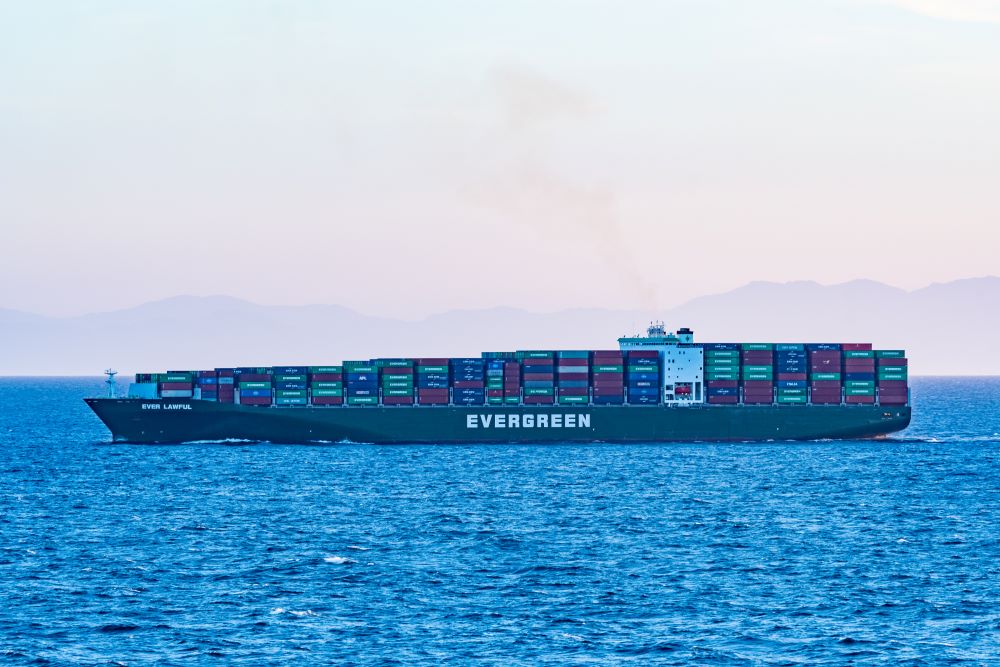
The impact of the week-long blockage of the Suez Canal by the Ever Given container ship has not yet been felt by European ports, but a flurry of activity is now expected across the Mediterranean.
Several Ultra Large Container Vessels (ULCVs) are due to arrive in the coming days and European ports will have to rapidly turn them round and return them to Asia – along with desperately needed empty equipment.
Slow down, or speed up
To prevent ports becoming clogged up, operators will ask some vessels to reduce speed to wait for a berth while others will be asked to speed up if a berthing window presents itself.
The Loadstar reports that both Antwerp and Rotterdam are taking a harder line than normal on requests to discharge UK cargo at their hubs, fearing terminals will become overwhelmed with containers awaiting connections.
According to Alan Murphy, chief executive of SeaIntelligence, there will be an almost 80% drop in export capacity from North Europe to Asia because of the Suez Canal disruption.
This will leave “a significant amount of export cargo in Europe for a week or two until it can be moved,” he added.
‘Negligible’
Despite fears of disruption, the overall impact of global trade could be “negligible” due to mitigations that the shipment industry has had in place for years, chief of trade and logistics at the United Nations Conference on Trade and Development, Jan Hoffman, told the FT.
However, Graham Slack, chief economist of AP Moller-Maersk, said that shipping executives had to plan for whether they thought events like the Suez blockage were “one-in-100-year or one-in-20-year” phenomena.
Improve resilience
A survey of supply chain executives conducted in May by McKinsey found that 93% planned to improve the resilience of their supply chains, either by building in redundancy across suppliers, reducing the number of unique parts in products or regionalising their business.
Shipping companies themselves have looked to diversify their supply chains to make their operations more robust. This has involved acquiring other links in the chain such as freight forwarders and warehousing space.
“If [carriers] can add warehouses and freight forwarding to their business, that gives them an edge,” said Peter Sand, chief shipping analyst at Bimco, an association of ship owners. “But many have tried in the past and failed miserably.”


